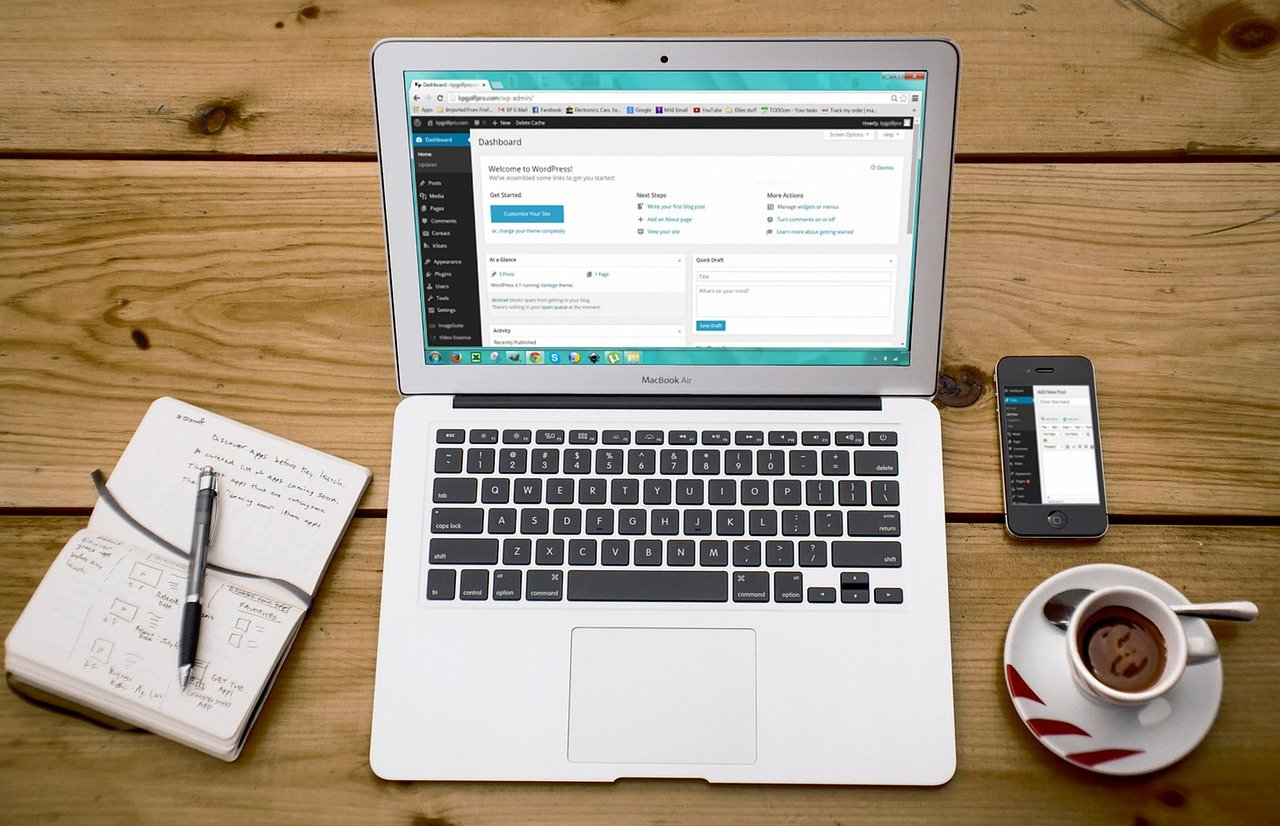WordPress sites are a frequent target for cybersecurity attacks. They store a lot of valuable data, and they’re easy enough to breach through.
According to recent reports, over 70% of WordPress sites have some exploitable vulnerability. Therefore, it’s crucial to defend your website by implementing robust safety measures. You can start with two-factor authentication (2FA).
Improve Your WordPress Defense
While you can never rely on a single security measure, it is vital to start from the most vulnerable part of the site — the back end login.
The two-factor authentication system secures the site login by asking for two verifications before granting access. You may have come across these defense systems on other popular platforms. They ask you to confirm login by entering a code sent to your smartphone app, phone number, or email.
2FA requires a second login factor. You can use a one-time password, pattern, fingerprint, code, or a physical token. The second authentication layer must not be in the same category as the primary one. For example, you should not use two passwords as verification but rather a password and an SMS code.
How to Set Up 2FA on WordPress
The good news is, two-factor authentication is more comfortable to set up than you think. You can use Google Authenticator to protect your WordPress site. This app uses HOTP, a HAC-based one-time password algorithm. It generates new passwords every 30 seconds for secure authentication.
- To initiate the 2FA setup process, install the Google Authenticator app to your phone.
- Add an authentication plugin to your WordPress site. There are many authentication plugins you can choose from. But make sure the plugin is compatible with the Google Authenticator app.
- Once the plugin is here, scroll to the 2FA settings and select a time-based one-time password via Google Authenticator.
- Meanwhile, open the Google app on your phone and tap “add a new website.” Select the “Scan a barcode” feature.
- Proceed to scan the QR code on the user profile page on the site.
It will connect the site and the app. Thus, it will allow you to use 2FA each time you try to log in.
As you can see, the two-factor authentication setup is a fairly simple procedure to implement on WordPress sites. So don’t hesitate to invest a few minutes into it. This extra layer of security can go a long way in case of a security threat.
Other Ways to Secure Your Website
Ensuring WordPress security has become quite a challenge nowadays. 2FA on its own won’t protect your website from all possible threats. While it will prevent potential unauthorized access attempts, 2FA won’t do much against a wide range of other cyber-attacks.
With that said, consider putting in place the following safety measures:
Use a VPN
VPN or virtual private network not only secures your connection to WP sites but all connections to the internet. Once you activate a VPN, all your data and online traffic goes through a VPN server where it is encrypted. Thus, your connection stays hidden from third-parties and hackers. The VPN will also secure your credentials during the login process. Hence, it adds an extra layer of protection to whatever is hiding behind the front end of your site.
Learn how to create your own VPN server.
Choose a reliable hosting company
The hosting provider plays a crucial role in the security of your data. Make sure to choose a well-known and reliable hosting provider. It should use the latest safety measures against potential security threats. You can find the most reputable providers by searching through online reviews.
After selecting one, you can follow this guide to migrate your WordPress site from your current server to new without loosing SEO.
Manage your passwords
Sure, the two-factor authentication can protect your website from unauthorized access. But it doesn’t mean you should neglect the quality of your passwords. Make sure to use long, unique, and randomized passwords to prevent credential stuffing, dictionary attacks, and similar threats. Consider using a password manager to store all your passwords in a secure and encrypted location.
Mix Different Security Measures
Machine learning, AI technologies, and quantum computing are experiencing rapid growth. It makes the defense against cybersecurity threats more and more demanding. Securing your WordPress site should become a priority in your business. After all, a failure in the security system could lead to irreversible consequences.
With that said, make sure to combine various security measures. Start with the basics, such as two-factor authentication and firewall. Then consider investing in DDoS protection, virtual private network, and more. Don’t forget to equip your devices with a reliable antivirus program and other security software. It can reduce the risk of malware infections that could work from the inside to gain access to your site.
